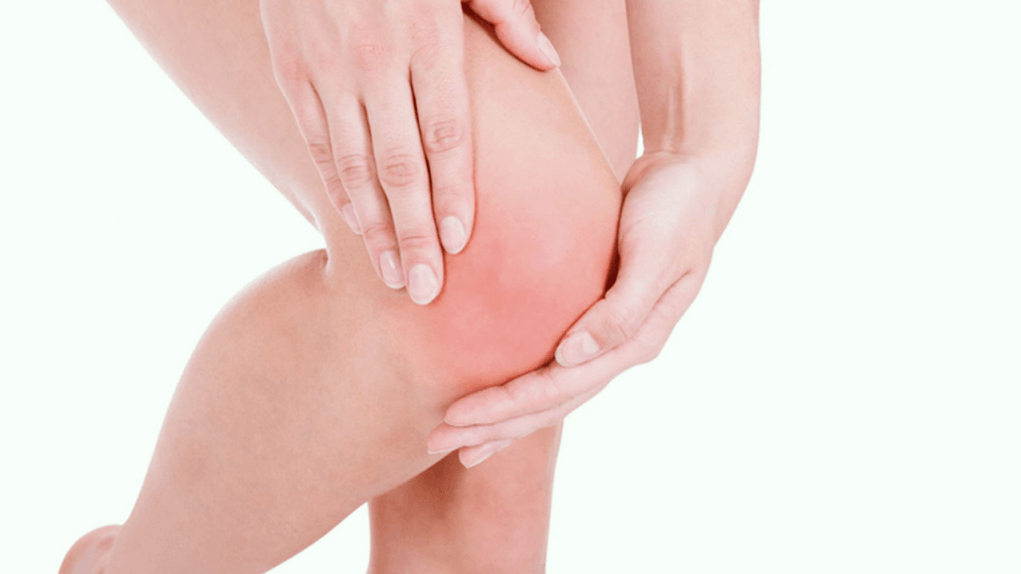With age, the cartilage tissue of various joints gradually decreases, accompanied by the second destruction of the joint capsules itself and the surrounding elements. Osteoarthritis of the knee joint (also gonarthrosis) is called the degeneration of the knee cartilage.Initially the disease is accompanied by pain, which can then lead to significant movement limitations and defects.
Osteoarthritis of the knee joint (also gonarthrosis) is called the degeneration of the knee cartilage.Initially the disease is accompanied by pain, which can then lead to significant movement limitations and defects.
Symptoms of knee arthrosis
The main symptoms of arthrosis are rare, common or endless pain in the knee.The most common symptoms are:
- pain when changing position, moving up the stairs;
- pain during rest;
- stiffness in the knee after sleep - first for a short time, then up to 30 minutes;
- Removes, sharp sounds accompanied by pain;
- problems with knee joint movement, rarely - inability to bend the knee;
- visual deformation of the knee joint;
- swollen skin nearby;
- Disability (Symptoms of advanced characteristics).
4 degrees of pathology
The manifestation of symptoms largely depends on the stage of the development of the disease.For example, during the first stage the patient may not feel pain, but in the pathology of stage 4 the pain is pronounced, and movement is very difficult.Pathological development is divided into 4 degrees:
- The first is that there are no such symptoms, but during x-ray doctors can detect small deviations from normal conditions.
- The second is the pain of the episode, especially observed during physical activity, while changing positions, squatting, or moving the stairs.
- Third, the pain is severe and continues to appear, even when resting.In this case, running is only possible with the use of sticks.X-rays reveal significant narrowing from the joint space, the deterioration of the meniscus, and the proliferation of bone tissue.
- Fourth, the movement of the knee is difficult or even impossible.X-rays show complete destruction of cartilage tissue, sometimes the bones begin to unite.
IMPORTANT!Even if you have occasional pain in the knee joint, you should consult your doctor and get an x-ray.If the disease is detected early, the opportunity for recovery is much greater.
Diagnosis of disease: Where to go
For diagnosis, the patient turned to a therapist, then went to see orthopedic, rheumatologist, vertebrologist or kinesiotherapist (depending on direction).Diagnostics involve interviewing, examining patients and performing several procedures:
- general blood and urine analysis;
- X-ray;
- computed tomography;
- MRI;
- Ultrasound for studying capsules with knees, as well as neighboring structures - muscle tissue, tendons;
- joint puncture (fluid accumulation for analysis);
- Arthroscopy (inserting a small camera into the joint for the right diagnosis).
Treatment of arthrosis of the knee joint
The course of treatment is prescribed by the doctor.If the disease is not advanced, conservative therapy (without surgery) can be used.In this case, drug and physiotherapy procedures are shown.As a rule, treatment is complex - patients will use drugs from different groups:
- non-steroidal anti-inflammatory drugs to relieve pain-diclofenac, ibuprofen and their drug-based drugs;
- Hormone drugs (corticosteroid groups) - they are used in cases of ineffective other drugs;
- Antispasmodics - "tolperisone" and its analogue;
- Chondroprotectors - drugs that stimulate the process of recovery of cartilage tissue: "chondroitin sulfate", "glucosamine" in combination and separately;
- Drugs that stimulate blood saturation with oxygen, nutrients, and increase blood flow ("pentoxifylline", "nicotinic acid" and others).
These drugs are used in different forms - external (ointment, gel), oral (tablet), intramuscular and intraarticularly (injection).Together with the medication, if necessary, the doctor may prescribe the following procedure:
- shock wave therapy;
- magnetic therapy;
- laser therapy;
- electrotherapy;
- Phonophoresis;
- Ozone therapy.
In extreme cases, when the use of medications and procedures for a long time does not have the desired effect, and also if the disease is very advanced, treatment may only be through surgery.Some types of operations are possible:
- Osteotomy - a surgeon cutting one bone, changing its angle to reduce the overall load on the knee joint;
- Arthrodesis - in this case, the doctor binds the bone together, which removes mobility and reduces pain, as a result the person can lean on the feet;
- Endoprosthetics - replacement of the number of joints affected by prosthesis.



















